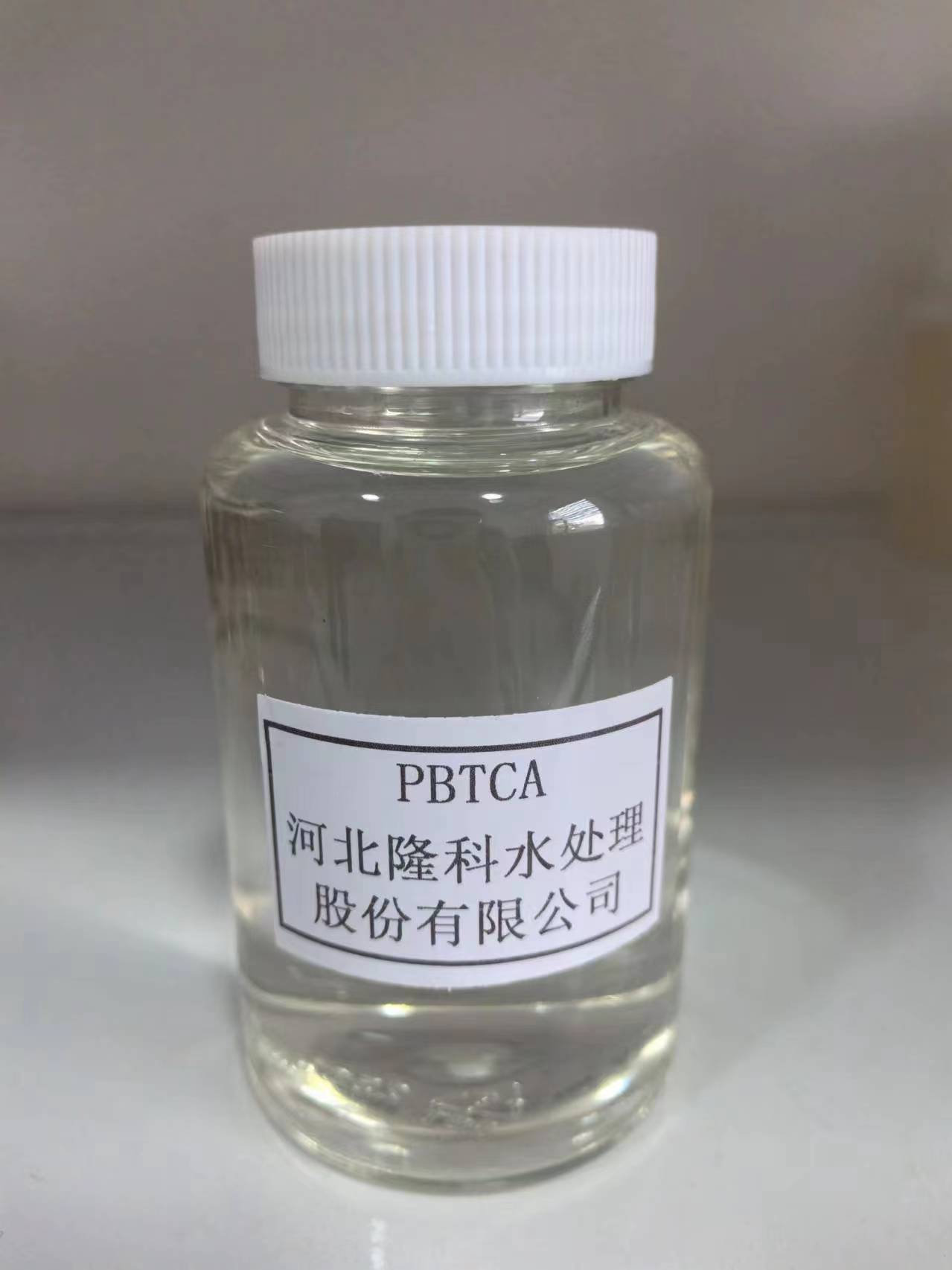What is flocculation in a water treatment plant?
Water clarification assisting procedures such as coagulation and flocculation aid in the removal of suspended particles such as oil, organics (color& TOC), & hardness in effluent & influent water treatment. As a result, individuals might prepare their influent raw water with the help of Plantas piloto de tratamiento de agua for efficient use as process water, satisfy wastewater discharge rules consistently, & reuse water at a reasonable cost.
2-Phosphonobutane -1,2,4-Tricarboxylic Acid(PBTC)
What is Flocculation?
Flocculation is a water treatment technique in which particles combine to create bigger clusters, or flocs, which are then removed from the water. This process might happen naturally or with the help of chemical agents. It is a widespread method of wastewater treatment, stormwater treatment, & purification of drinking water.
If you wish to make your water treatment plant more efficient, opt for Plantas piloto de tratamiento de agua today.
The removal of suspended particles is one of the standards for treated water exiting wastewater treatment plants. Small solid particles change the color of water and transport contaminants into natural water sources such as rivers & the ocean.
Furthermore, phosphorus concentration in wastewater must also be reduced since phosphorus discharge into waterways stimulates algal development. Uncontrolled phosphorus emissions have been linked to huge die-offs of fish & other aquatic life.
If you are looking for ways to make your plant cost-effective, go for Plantas piloto de tratamiento de agua today.
Some industrial uses produce significant quantities of phosphorus in their effluent, which might necessitate pre-treatment before being sent to wastewater treatment plants.
What are Flocculants?
Flocculants are compounds that stimulate the agglomeration of tiny particles in a solution, resulting in the formation of a floc, which subsequently floats to the top (flotation) or sinks to the bottom (sedimentation). Moreover, this may then be extracted from the liquid more readily.
Inorganic & organic flocculants are available in a variety of charges, molecular weights, charge densities, & morphologies.
In Plantas piloto de tratamiento de agua, organic polymeric flocculants are mostly utilized nowadays because of their ability to generate flocculation with a minimal dosage. However, their lack of biodegradability & the concomitant dispersion of potentially toxic monomers into water sources is forcing the attention to move to more ecologically friendly biopolymers.
The disadvantage of these is that they have a shorter shelf life and necessitate a larger dosage in comparison to organic polymeric flocculants. To tackle this, integrated solutions are being devised in which synthetic polymers are replanted over natural polymers to generate customized flocculants for water treatment that provide the best of both worlds.
How Does Flocculation Work in Water Treatment Plant?
The process of flocculation is chemical in nature. It entails sequentially adding chemicals to the wastewater & enabling small solid particles to aggregate into a bigger mass known as a floc. The treatment of water by flocculation is done in phases.
- First Stage: Solid Granules Suspended in Wastewater are Negatively Charged.
In Plantas piloto de tratamiento de agua,a coagulant, such as aluminum sulfate, is added to the water during the first step of flocculation. Moreover, the negatively charged solid granules suspended in the water are neutralized by the coagulant molecules that are positively charged. The neutralization of these granules allows them to flocculate together into a bigger bulk.
- Second Stage: Mixers Must be Utilized to Stir the Effluent
To guarantee that the coagulant distributes throughout the water, high-intensity mixing is essential at first. When flocculation happens, the mixing energy is decreased to prevent the granule mass from separating again.
- Third Stage: A polymer chemical is added to the wastewater after floc begins to develop
In Plantas piloto de tratamiento de agua, polymers connect the flocculant from micro to macro flocculant, enhancing the mass of particles clumping together. Moreover, this chemical bond the accumulated material together, preventing it from dissolving even as the water is mildly disturbed.
- Fourth Stage: After the completion of flocculation, the huge solid masses in the wastewater stream are removed.
Well, this is accomplished either by settling, in which the floc settles to the bottom for removal or by using filters, which collect the floc in the filter material. While cleaning the filters, care should be taken to make sure that the phosphorus-rich floc is trapped & handled.
Coagulation & Flocculation features & benefits
The strategy of Plantas piloto de tratamiento de agua to find a solution is to conduct an in-depth system assessment that includes client demands and complete cost analysis. The results are utilized to construct a treatment program that includes coagulants & flocculants, as well as application & operating advice. This method will give the following advantages:
- Cost-efficient clarification & flotation operations
- Cost-efficient thickening & dewatering applications for enhanced sludge dryness
- Influent clearing operations optimized to minimize ionic loading & to soil on downstream treatment methods
- Minimizes sludge amount in clarifier blowdown & DAF float
- The minimal total expense of operation
- Minimized solids generation while transforming from inorganics to organic commodities
- Enhances downstream filter efficiency
- Improved unit operation & effluent quality
Conclusion:
Flocculation continues to be a crucial part of the water treatment method. Therefore, we hope after reading this blog you got a clear idea regarding this process & you will not face any future issues with it. So, the next time you plan on setting up your plantas piloto de tratamiento de agua, make sure you consider the requirements of streamlining the flocculation process.
-
Understanding Polycarboxylic Acids: Properties, Applications, and Future PotentialNewsJul.28,2025
-
Scale Inhibitor Explained: How to Protect Your System from Limescale and Hard Water DamageNewsJul.28,2025
-
Scale and Corrosion Inhibitors: Essential Chemicals for Industrial Water System ProtectionNewsJul.28,2025
-
Polyaspartic Acid: A Biodegradable Polymer for Sustainable ChemistryNewsJul.28,2025
-
Isothiazolinones: A Versatile Antimicrobial Class with Industrial Power and Regulatory ChallengesNewsJul.28,2025
-
A Deep Dive into 2-Phosphonobutane-1,2,4-Tricarboxylic Acid (PBTC)NewsJul.28,2025






